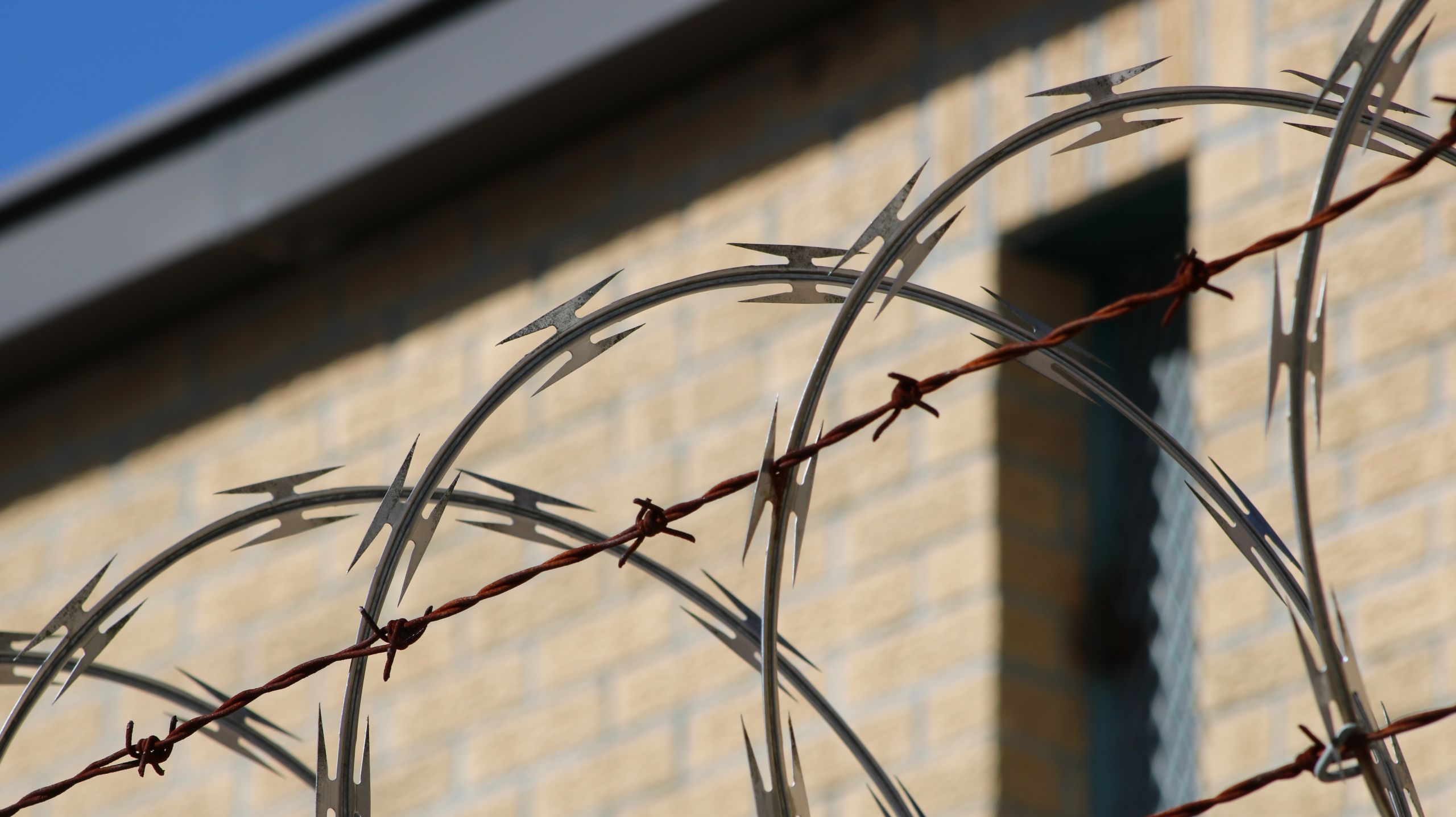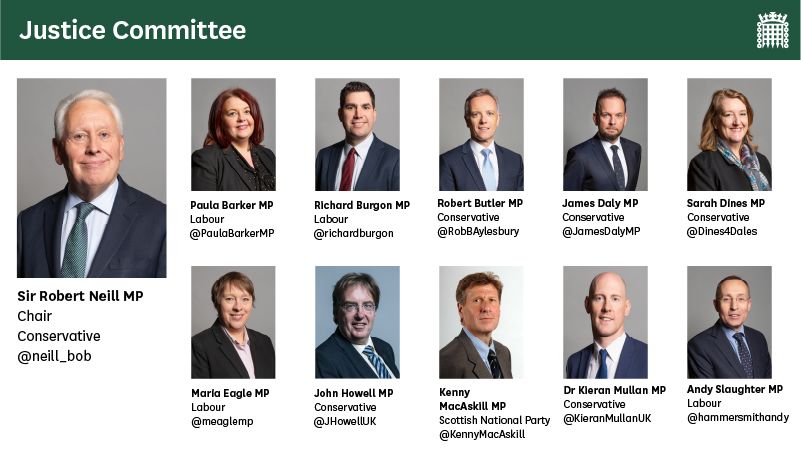Does the secure estate meet the needs of young people in custody?
High levels of violence, use of force and self-harm suggest the youth secure estate is not fit for purpose

There are far fewer children entering the youth justice system than there were 10 years ago, as we explained in the first report from our Children and Young People in Custody inquiry. This means there are fewer children entering the youth secure estate, which houses children and young people in custody.
The children who are in custody have complex needs. They have committed more serious crimes, are sometimes dangerous, and are often some of the most vulnerable children in the country.
There are concerns that the secure estate may not meet these complex needs. Levels of violence and self-harm reported on the estate are worrying, and delays in reforming the estate are discouraging.
We, MPs on the Justice Select Committee, wanted to find out whether the youth secure estate is fit for purpose. This is what we heard.
The situation in the
youth secure estate
Children and young people sentenced or remanded to custody in England and Wales are sent to Young Offender Institutions (YOIs), Secure Training Centres (STCs) or Secure Children's Homes (SCHs). The Youth Custody Service decides where to place them.
There are now 70% fewer children in custody than there was a decade ago. These lower numbers can be linked to success in finding alternatives to custody for crimes committed by children and young people.
Concerns about the safety of children in custody are not new. In 2017, Peter Clarke, then Chief Inspector of Prisons at HM Inspectorate of Prisons, said in his Annual Report that no YOI or STC officially inspected earlier that year was safe to hold children and young people.
The most recent data we have suggests little change. These are four of our biggest concerns.
1. The progress of reform
In his 2016 review of the youth justice system, Charlie Taylor, then-Chair of the Youth Justice Board for England and Wales, found that half of 15-17 year olds entering YOIs had the literacy and numeracy levels expected of a 7-11 year old.
"It is my view that education needs to be central to our response to youth offending."
He recommended that the government transform the youth secure estate into schools, proposing the creation of Secure Schools. These would be smaller establishments set up and run under schools legislation.
The Government committed to developing two, a move welcomed by us and many of the people we spoke to during this inquiry. But progress has been delayed. Opening the first school, planned for 2020, has now been pushed back to 2022.
This raises questions about how committed the Government are to the program.
"I support the move towards the secure schools, but we need 10 not one, and the one needs to open."
2. The use of separation
During our inquiry, we heard serious concerns about how separation can affect children.
Separation means confining children against their will and stopping them from mixing with others. It happens because they pose a risk to others or others pose a risk to them.
For the year ending March 2019, there were around 3,000 separations in SCHs and STCs. While this is down 18% on the previous year, the monthly average rate per 100 children is still much higher than the rate five years ago: 88.5 compared to 39.0.
A January 2020 HM Inspectorate of Prisons report on separation recommended an entirely new approach, finding that:
"... most separated children experienced a regime that amounted to the widely accepted definition of solitary confinement."
The Inspectorate also found that children's experiences of separation were very different depending on where they were held and even between different units in the same YOI.
Nadine Smith, a Young Advisor on Criminal Justice with Leaders Unlocked, told us:
"I feel that putting a young person in a situation where they are stuck in a cell for 23 hours a day is counterproductive to what the youth estate should be trying to achieve."
3. High levels of self harm
Self-harm across the youth secure estate is alarmingly high.
We were glad to hear that there has been less self-harm since January 2020, but in the year ending March 2019 there were more than 1,800 self harm incidents. This is a 3% increase on the previous year and the highest number in the last five years.
It is reported that around a third of children in custody have a known mental health disorder. We heard concerns that mental health services across the estate may not be sufficient.
"At the current time custody often acts as a barrier to obtaining appropriate mental health support for young people."
The Children's Commissioner told us that sometimes young people aren't able to access the mental health support they need because there aren't beds in mental health wards for them to go to.
Jhanzab Khan, Young Advisor on Criminal Justice with Leaders Unlocked, told us about his experience of mental health support in custody.
4. Problems with
release from custody
The process for leaving custody is called resettlement. When children and young people are released from custody a range of agencies coordinate their return to the community. Effective resettlement may play a part in stopping reoffending.
At present, reoffending rates for children and young people are particularly high. For the year ending March 2018, 69.3% of children released from custody reoffended. For children who were given a sentence of six months or less, this figure rises to 77.4%.
We heard about problems in resettlement that may be impacting reoffending.
"We identified significant gaps in meeting children’s resettlement needs both in custody and once they had been released into the community."
These problems include a lack of available support for education, training and employment in custody which continues once released, and a lack of collaboration between the agencies that plan and support children in their release.
Accommodation on release is a particular problem. We heard that in some cases neither the child nor the Youth Offending Team knew where they would be released until late in their sentence.
"I have had numerous young people come to me saying they have not found accommodation. There is no accommodation in place, so they are left homeless when they come out, with nowhere to go."
Five key recommendations
After hearing from a range of different people about the youth secure estate, these are our five key recommendations to the Government.
1.The Ministry of Justice should guarantee that the first secure school will open as planned in 2022 and set out what is being done to make sure it will.
2.The Ministry of Justice and Youth Custody Service should set out what is being done to ensure there is a coherent and consistent practice of separation across the estate.
3.The Ministry of Justice should work with the Department of Health and Social Care to make sure young offenders who need mental health treatment can access it.
4.The Ministry of Justice, Youth Custody Service and Youth Justice Board should continue to work together to make sure all children and young people can access education and purposeful activity in and after custody, and make sure that children have a single coordinated resettlement plan.
5.The Ministry of Justice must develop a national accommodation strategy for children released from custody.
The Government must now respond to our report
Our report, 'Children and Young People in Custody (part 2): The Youth Secure Estate and Resettlement' was published on 10 February 2021 and the Government has two months to respond to our recommendations.
Detailed information from our inquiry can be found on our website.
If you’re interested in our work, you can find out more on the House of Commons Justice Committee website. You can also follow our work on Twitter.
The Justice Committee is a cross-party committee of MPs that examines the policies and spending of the Ministry of Justice (and associated public bodies). This includes courts, legal aid, prisons, probation and the rule of law. It also advises on sentencing guidelines.
Cover image credit: Craig Lloyd, Pexels.com

